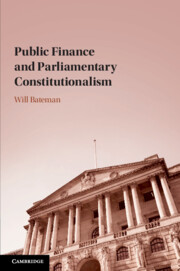Quantitative easing (QE) has been a favourite tool of central banks in their post-financial crisis monetary policy apparatus. Social science literature has interpreted QE as a shift away from performative governance characterising pre-crisis monetary policy. With reference to the Bank of England’s experience, I offer a reinterpretation of QE as a performative intervention in the conditions of financial markets, as an attempt to alter the state of financial markets away from dysfunctionality and towards efficiency. I claim that, following the financial crisis, the model of complete and efficient markets – a mainstay in central banking prior to the crisis – was transformed from a real-world approximation to a ‘performative object’ to be achieved. In deploying the balance sheet, central banks attempt to performatively enact complete and efficient markets. The article rejects the claim of discontinuity between pre-crisis and post-crisis monetary policy, arguing that QE is a continuation of inflation targeting though with important innovations. While pre-crisis performativity relied on central bankers’ communicative framing of market expectations, QE is performative via the ontological shaping of financial markets, driven by epistemic models. The article relies on a set of 51 interviews with central bankers and financial market participants and a corpus of documents.
